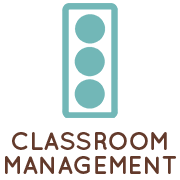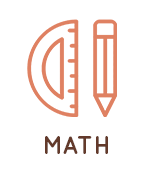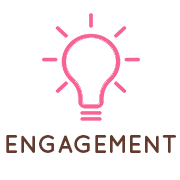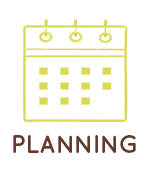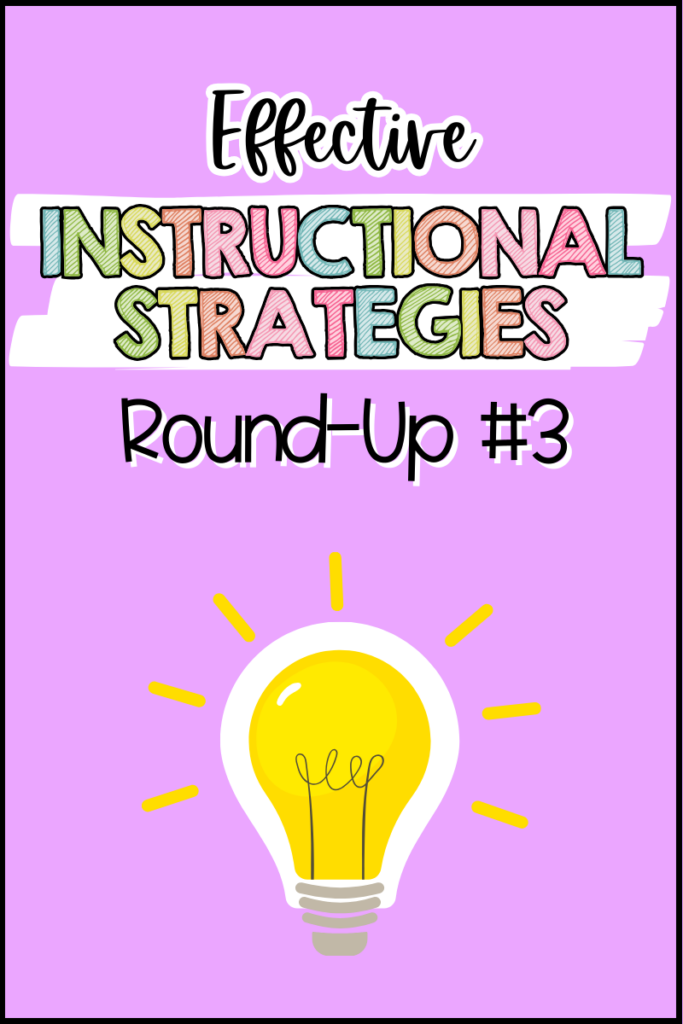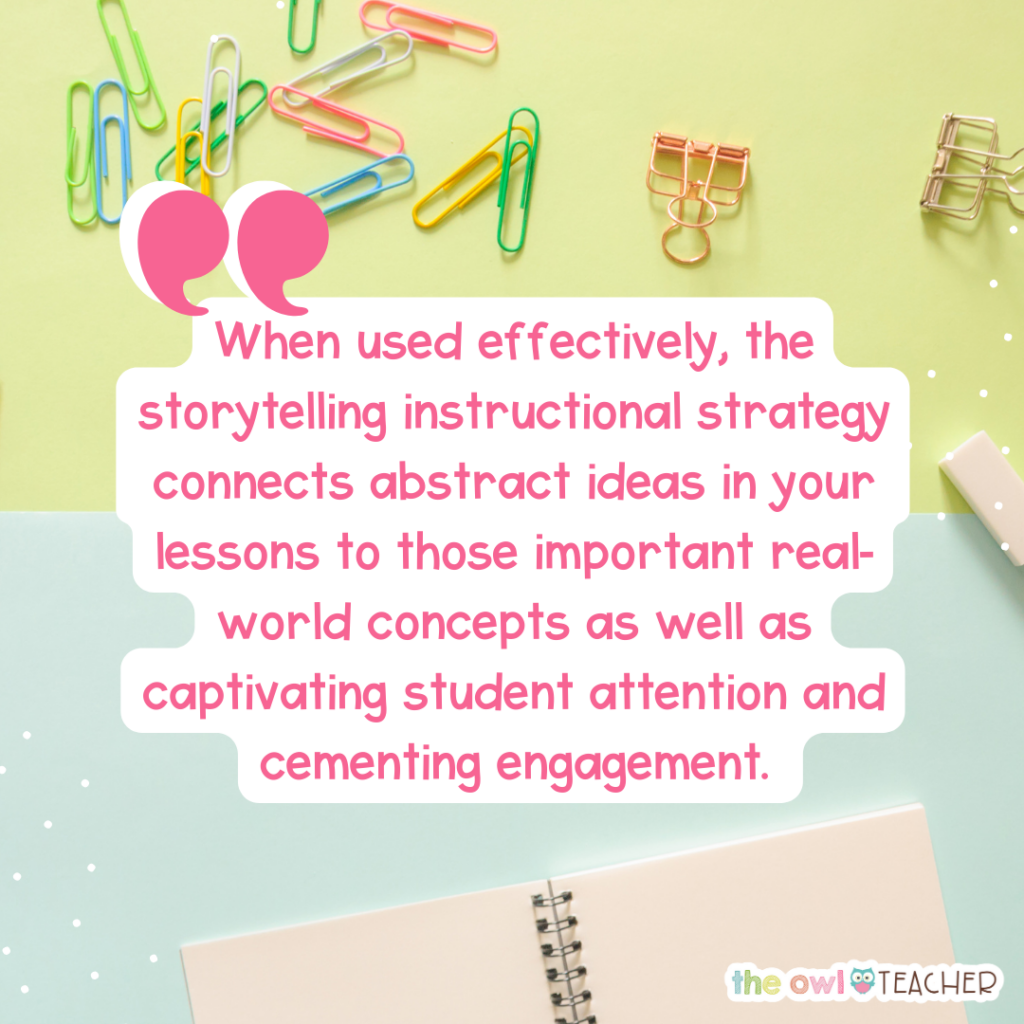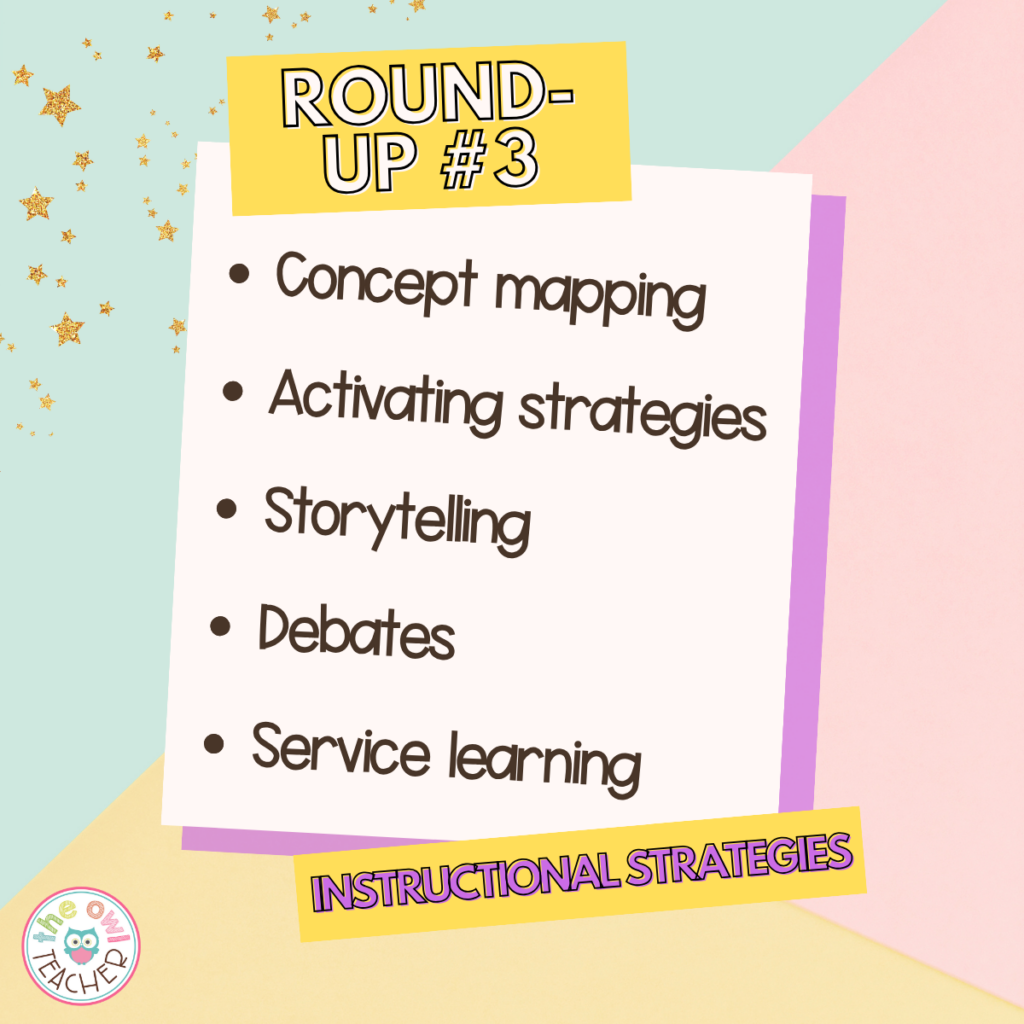
That’s right, folks: the monthly barrage of instructional strategies isn’t over yet!
There are dozens more strategies that I’ve been working on sharing with you all, just like with my last two posts in the series. If you’re interested, you can check out the first and the second round-up, then come on back so you don’t miss out on this set! Spoiler alert: there’s a freebie in one of those posts… (It’s the first one.)
Now that you’re all caught up (you did catch up, right? 😉), let’s not waste any time jumping right into this month’s relevant, refreshing instructional strategies!
Instructional Strategies: Round Three
1. Concept Mapping
I have no doubt that you’ve implemented a form of concept mapping to some degree in your classroom, even if simply for your own lesson planning. In terms of instructional strategies, however, concept mapping is an effective method that is used at the beginning of a new lesson to provide a “roadmap” of the unit.
This concept map (or roadmap) should provide your kiddos with a visual organization of key concepts in the upcoming lesson as well as the relationships and connections between these concepts. It’s especially important to highlight these relationships between ideas, as it helps contribute to the overall understanding of the lesson as a whole. In short, it helps your students get a grasp on the bigger picture!
Here’s a concept map I whipped up quickly using the basic diagram on Wikipedia:
Easy, right? 👍
In addition, when you present students with this roadmap, it provides an opportunity for them to recall prior knowledge. If they understand a key concept or certain terminology on the concept map, you’ll see their eyes light up with recognition! This is a great way to establish connections to previous units before diving deeper into the lesson at hand.
In this way, concept mapping proves incredibly helpful for assessing students’ previous knowledge. If there’s a term on the roadmap that they should recognize, but only a few kiddos are catching it, then it may be a good idea to review that content before moving on. Of course, you can always supplement with pre-assessments if you feel it’s necessary!
Beyond assessing previous knowledge, concept mapping can also help you identify any misconceptions or learning gaps if used in tandem with brainstorming. Afterward, it’s immediately apparent where you may need to spend extra time during the lesson. For instance, as I’ve referenced before, it’s a common misconception that winter occurs when the entire Earth is farthest from the Sun. If, during concept mapping, you discover that your kiddos harbor this fallacy, then you know you should highlight that winter is actually caused by the Earth’s axial tilt.
Concept mapping can be used as a standalone tactic or as a subpart of other instructional strategies. It works especially well with our next item: activating strategies!
2. Activating Strategy
The activating strategy revolves around opening a lesson with an approach that “activates” student interest, such as (relevant) YouTube videos. The point here is to help students create a connection with the lesson at hand in order to keep up engagement and reception to learning.
Further, the activating strategy is a common approach that helps to engage students’ prior knowledge as well as stimulate curiosity. It works well in conjunction with concept mapping, too, as the two instructional strategies perform similar functions! By introducing the topic in a relatable manner, students are primed for the upcoming lesson.
Several examples of activating strategies are KWL (Know – Wonder – Learn) charts, concept mapping, multimedia, discussion starters, and so on. In fact, Edutopia shared one educator’s method of sharing clips from students’ favorite shows as an activating strategy! It may sound overwhelming, but many methods that endeavor to “catch their attention from the start” can also be considered activating strategies.
Brainstorming sessions are also a fantastic activating strategy, as they serve a dual purpose: in addition to creating active engagement, it also helps you determine what students know and if they have any misconceptions or learning gaps–similarly to concept mapping!
3. Storytelling
It’s no secret that kiddos are more engaged when they feel a connection to the content. That’s why it’s so important to use instructional strategies that provide real-world connections. If you can provide an answer to the age-old question of “When are we ever going to use this?” before it’s even asked, then there’s no doubt: you’ve already won the lesson!
When used effectively, the storytelling instructional strategy connects abstract ideas in your lessons to those important real-world concepts as well as captivating student attention and cementing engagement. This can be done through anecdotes, narratives, or simply through stories, like the kind you’d find in a good mentor text book!
Storytelling as an instructional strategy can be used to provide context for lessons, too, such as by opening with a narrative about a historical event. For instance, it’s relatively common to introduce the electricity science unit by relating the tale of Benjamin Franklin and his kite! This story evokes student emotion by shocking them (no pun intended) from the outcome—Franklin getting zapped—and establishes relevancy through the realization that electricity is all around them.
On that note, it’s important to keep your storytelling relevant. Consider using anecdotes from your personal life, such as through a humorous story about a time you miscounted change at the grocery store to establish the importance of properly learning decimals. It’s especially important to use these real-life anecdotes for more “abstract” concepts, like many math lessons tend to be.
4. Debates
Now, I feel the need to point out that using debates as instructional strategies shouldn’t be confused with typical unproductive arguments! I’m sure you knew that, but I don’t want to be responsible for any heated classroom disagreements… 😉
A proper, productive debate promotes critical thinking, a deeper understanding of relevant issues, and helps your kiddos foster those ever-important communication skills. In fact, I’d say it’s especially important that students be given ample opportunity to learn to articulate their ideas clearly as well as consider and respond to opposing viewpoints with respect.
When students take on roles in a debate, they’re being encouraged to actively engage with their learning. Rather than passively listening to a lecture or zoning out during a PowerPoint presentation, students must instead research their topic, determine an informed opinion, and present their information to others in the form of a coherent argument. As a result, kiddos will have a heightened sense of motivation, enthusiasm, and investment in the lesson.
Another plus side of debates is that they’re easy to apply to real-world issues, too, which provides relevancy to their individual lives. Real-world connections are always a win for engagement, as so many of these instructional strategies have proved.
5. Service Learning
Service learning is an excellent way to give back to your community while engaging your kiddos! It combines academic instruction with community service—essentially, students are encouraged to apply what they’re learning in the classroom to address real-world needs in their very own communities. Service learning also helps kiddos establish those real-world connections, which are naturally important to ensure information is retained—it keeps your lessons relevant!
It’s not just about the academics, either. Service learning helps students develop empathy and a sense of civic responsibility, which are important ingredients for a successful individual!
So how can you implement service learning? While many of these opportunities are outside the school district, such as soup kitchens, there are also bound to be plenty of in-district initiatives to be found. Check with your district for service projects such as food drives, clean-up efforts, and so on.
One easy-to-implement example of service learning is literacy tutoring, where students serve as mentors for younger kiddos by helping them with reading, writing, and other language skills. As far as instructional strategies go, this one is super common for tons of schools, often affectionately referred to as “Reading Buddies.” To this day, I still remember looking up to my reading buddy back in second grade!
Another idea is to encourage intergenerational connections with your students, such as by assigning prompts that require students to interview family members, such as for a research or history project. The goal should be to promote meaningful interactions and relationships between individuals of different generations.
However, if your district doesn’t provide service learning opportunities that you feel would be a good fit for your classroom, consider hosting a brainstorming session with your kiddos. Encourage them to come up with ideas for serving their community, as a kind of… Pseudo service learning project? Regardless, it may even be a fun opportunity for students to practice their persuasive writing skills in order to try to convince your principal to implement the ideas your kiddos come up with!
Since every single student in your classroom is different from the next, it’s vital to have an array of unique instructional strategies at your disposal in order to meet any and all learning needs. There’s no perfect one-size-fits-all teaching method, after all!
Of course, since you’re here, that proves your dedication to reaching every last kiddo in your classroom. Give yourself a pat on the back—you’re doing great!
And… There you have it! That’s five more instructional strategies to add to your repertoire. Don’t think that’s the end, though: just like before, I’ll be back next month to serve up another course of exciting, engaging activities to employ in your upper elementary classroom. In the meantime, make sure to sign up for my email list while you’re here so you don’t miss my next collection of optimal strategies.
See you next time!


